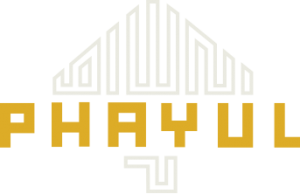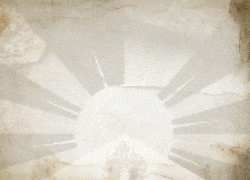Amazing 1903 photos that showed the secret kingdom of Tibet for the very first time to be auctioned off
 An incredible set of pictures taken during the controversial 1903 British Mission to Tibet has come to light – the first ever photos to come out of the mysterious country.
An incredible set of pictures taken during the controversial 1903 British Mission to Tibet has come to light – the first ever photos to come out of the mysterious country.
The rare snaps were taken by an officer during the campaign – the first time the British were given access to the country.
They depict the haunting beauty of the secluded country and brought images of Tibeten landscapes including Mount Everest to the west for the first time.
The 72 stunning pictures show local people, buildings and even a group of nuns gathered to smile for the camera.
Taken by a John Claude White, a political officer and joint leader of the expedition, the snaps passed to a soldier in the campaign, Lieut. William Pyt Bennett.
The photographs were painstakingly pasted into an album and stored carefully, passing down through his family over the years.
 They are now being sold at auction by Bonhams of London and are expected to fetch a whopping 15,000 pounds.
They are now being sold at auction by Bonhams of London and are expected to fetch a whopping 15,000 pounds.
White entered the country as part of the British expedition to Tibet in 1903 and 1904, when British Indian forces sought to prevent Russia gaining influence in the country.
Led by Major Francis Younghusband, around 3,000 troops marched into the country, famously killing around 700 lightly armed Tibetan monks in the village of Guru.
They reach the capital Lhasa in August 1904, when the government signed a treaty effectively turning the country into a British protectorate.
The black and white photos show the mysterious landscape of the country, including Mount Everest, with pictures of Tibetans in traditional dress posing for the camera.
 Some even show the expedition itself, with rows of tents on the flat plains, and monks and nuns going about their daily routine.
Some even show the expedition itself, with rows of tents on the flat plains, and monks and nuns going about their daily routine.
David Park, director of book, maps and manuscripts at Bonhams, said: ‘These are extraordinary photos with a rather fabulous provenance.
‘They are the first pictures to come out of Tibet, which was a closed country at the time – in general British people could not go there.
‘Indian and Nepalese traders were sometimes allowed in but in general they did not want outside influences or visitors.
‘Britain decided they had to force the door open as it were, and launched a lightly armed military expedition.
 ‘They had a military force of about 3,000, with another 7,000 camp followers with camels to carry things.
‘They had a military force of about 3,000, with another 7,000 camp followers with camels to carry things.
‘There were military skirmishes but the British kept going until they reached Lhasa and a treaty was signed.
‘These photographs were taken by a British political officer, John Claude White. He was not a professional photographer, but he was very good – they are cracking pictures.
‘What makes these photographs ever more unusual is their provenance – they belonged to a man who was actually part of the expedition.
‘They may have been presented to him or he may have bought them as a souvenier, and they have been in his family ever since.
‘They really are extraordinary and they have an estimate of 10,000 to 15,000 pounds.’ A selection of photographs taken by John Claude White in Tibet and Lhasa were published by Johnston & Hoffmann in 1906.
The pictures will be sold in Bonhams ‘Travel and Exploration, India and Beyond’ sale in London on Tuesday, October 5.
Click Here for more photos










One Response